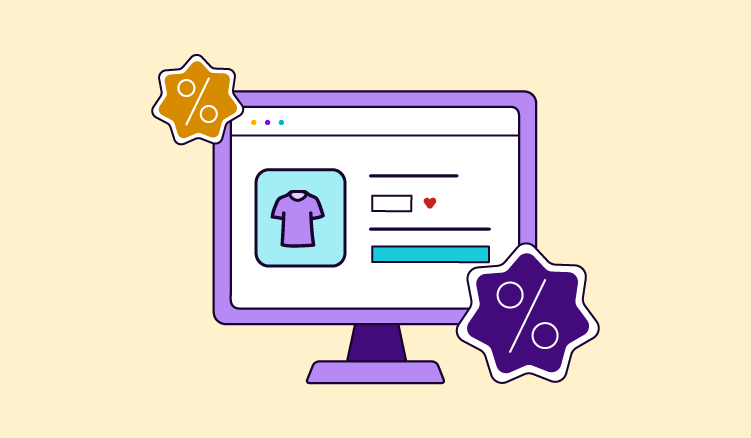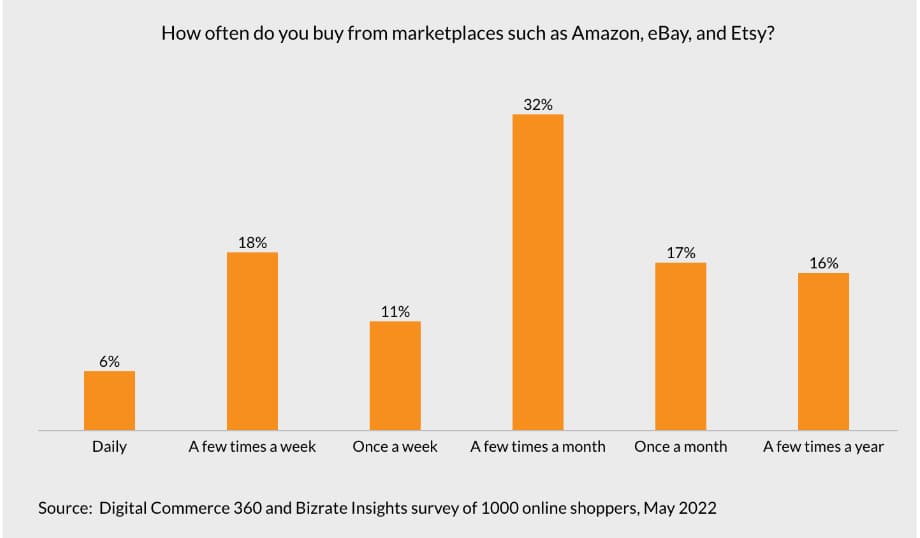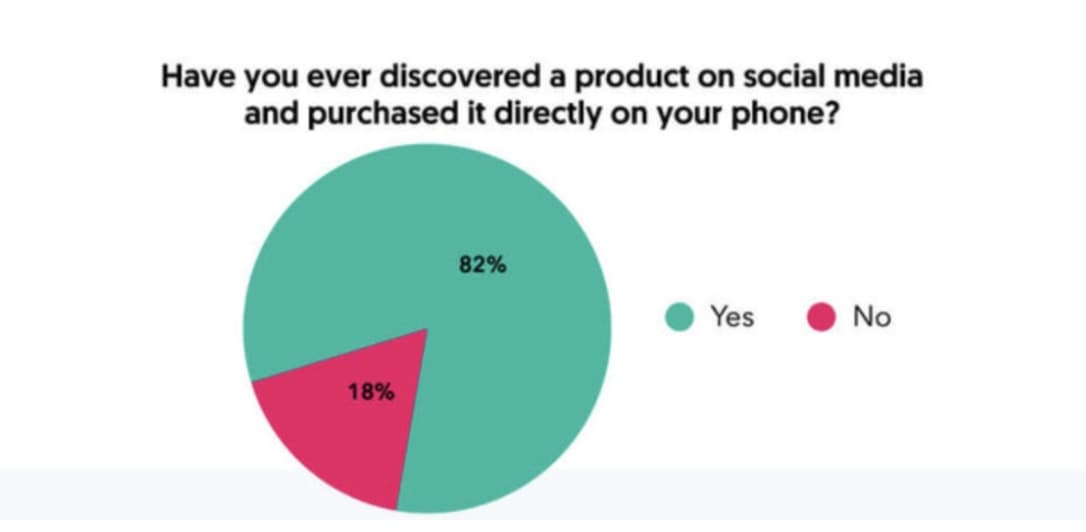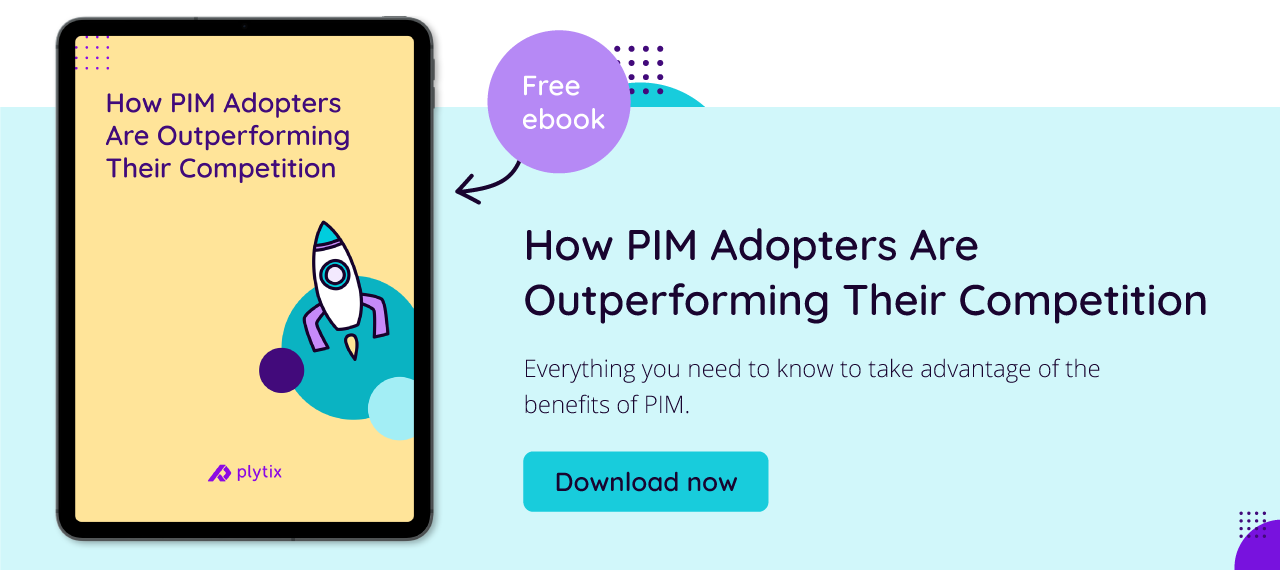Holiday Ecommerce Strategy: A Guide To Get Your Store Ready

Keep the good stuff coming
Subscribe to our blog newsletter and get monthly content that helps you manage product data smarter.
No spam. Just real value.
The holiday season offers business great sales opportunities as studies show that US holiday retail sales increased by 5.3% in 2022.
But, as great as it is to enter the ecommerce peak season, it’s also the most draining and challenging time as retailers need to prepare for an influx of sales. To reap the rewards, you need to set yourself up for success.
Whether you’re preparing six months ahead or even a couple of weeks, these are the 9 steps you need to follow to guarantee the festive season is as lucrative for you as it is for other ecommerce giants.
Read our ecommerce holiday strategy guide to learn the steps that you can take to ensure holiday readiness.
9 steps to ensure holiday ecommerce readiness in 2023
1. Optimize your website for traffic influx
The first holiday ecommerce preparation step you’ll want to follow is to make sure that your website is ready for all the visitors coming in to check out your holiday offers. Depending on the holiday, sometimes the people going on to the site are people looking for gifts (regardless of the deal) and some are simply searching for products. That means even more customers will be browsing online than usual.
As a retailer, you must make sure that your website is ready for every customer. You can do that by;
- Testing your site speed on both desktop and mobile to make sure it doesn’t take long to load as that can affect your customer’s experience. You can run a diagnostic of any website using the free PageSpeed Insights tool from Google and use it as a guide to see if there are any areas of improvement.
- Crashproofing your website. There are many ways you can crashproof your website. Some ways are to use a CDN, regularly backup and update your content management system, and increase your website security through firewalls and plugins.
By doing these few things, you can make sure your website will give shoppers a smooth experience regardless of the channel (website or mobile) they are using, so make this a priority.
2. Make your products easy to find
Customers are no longer loyal to a single brand. If they can’t find the product they’re looking for, they won’t hesitate to look elsewhere. To make your product appear easily, you need to make use of keywords.
Make sure you do regular keyword research as well as find search terms customers would use when they search for holiday products. Ensure you add these extra keywords like "best holiday gift" on product descriptions and category pages. Doing that helps to make sure that your products can appear in search results and land in front of customers who are ready to buy.
Another way to make sure your products are easier to find is categorizing your products as well creating taxonomies and product attributes to help customers search and discover products.
3. Stay on top of your inventory levels
The last thing you need is a customer leaving your website because the item they were looking for is out of stock.
“Preparing your supply chain for the holiday season is very important because there is usually a bottleneck around this time due to factory production interruptions. So, make sure you reach out to your suppliers in time and find solutions for any issues that may come up,” says Ecommerce Specialist, David Alarcon.
To also help make sure you don’t run out of stock, you can:
- Make orders in advance by looking at historical data of your most sold items during past holiday shopping seasons.
- Set up stock levels. If you’re using an inventory management system, you can create an automated reorder notification to help keep you on track.
- Increase reorder points (the level of inventory that tells you you need to order more items) and reorder quantities to cover potential increases in sales.
- Run inventory audits to ensure there are no surprises.
If you struggle with supply chain disruptions caused by communication barriers, read this article How To Improve Supply Chain Communication so that it doesn’t affect you doing this crucial time.
4. Have product information that’ll convert shoppers
A good website speed and sufficient stock levels is only half the battle. You need product information that will make a browser want to buy from you. Inaccurate or missing product information won’t persuade shoppers that they need your product.
Customers want an informative product title, descriptive and compelling product description, a list of beneficial features, and any other information linked to the product that gives them the confidence to shop from you.
To improve the quality of your product information, you need to:
- Check your product data regularly to make sure everything is enriched and updated
- Define a structured process for your employees to follow when entering product data
- Centralize all your product data for a clear overview of everything
- Keep track of product information versions to avoid publishing outdated information
Pro tip: You don’t need to do all of this manually. You can invest in a product information management system that will allow you to centralize, tweak, and maintain high-quality product data consistently. For more information, download our free whitepaper on How PIM Adopters Are Outperforming Their Competitors.
5. Market to early-bird shoppers
While there are many customers who shop at the last minute, there are just as many who shop in advance. These customers want to make sure they get the product they like at the right price and on time. Research shows that most US consumers begin to shop for the holidays before the end of October. With that in mind, make sure you:
- Create an email marketing campaign ahead of time that caters towards customers who shop ahead of time so that you can be top of mind when holiday shopping
- Give special early-bird discounts to encourage buyers to shop with you first before any of your competitors
- Promote your products across your communication channels like email, social media, webstore, and search engine ads early on to bring in more customers
6. Offer different payment options
You never want a customer to abandon a purchase because you didn’t have their desired payment option. Many businesses have seen the value in adding more payment options as it is a huge part of the customer experience. A study showed that small businesses that offer various payment options increase their revenue by nearly 30%. Make sure you prioritize offering customers different payment methods.
The main payment options you should consider are:
- Credit and debit cards
- Digital wallets such as PayPal, Apple Pay, and Google Pay
- Bank transfers
- Cash on delivery
- Mobile payments
- Buy now, pay later
- Cryptocurrency
7. Optimize your checkout process
There are several variables that cause customers to not complete a purchase, and many of these reasons show up when they’re about to check out. This may be due to a lack of payment options, long delivery times, extra costs, or a complicated checkout processes.
As a retailer, it’s up to you to minimize these obstacles.
Some ways to do that include;
- Simplifying checkout to one page, as a lengthy checkout process puts off 17% of customers
- Offering a guest checkout option to customers who don’t want to sign in
- Optimizing your checkout flow for users shopping from their mobile devices
- Having different shipping options, as studies show that 22% of customers abandon carts because delivery takes too long. Consider same-day delivery, next-day delivery, or Buy Online, Pick-up In Stores
8. Increase your reach by selling on multiple channels
As we mentioned, customers aren’t always loyal (not even to shopping platforms) so you always need to put your products in front of them wherever they might shop. You can do this by selling on multiple sales platforms.
A study done by Digital Commerce in 2022 found that online shoppers are showing a strong preference for purchasing from a marketplace as opposed to directly from a specific brand's webstore.

Another report from The Influencer Marketing Factory found that social media is also where customers shop. A total of 82% of responders say they have discovered a product on social media and made a purchase using their mobile phones.

While implementing a social commerce strategy may take time to implement, it can open you up to a whole new world of customers and help you maintain or improve visibility to increase sales. Not just in the holiday season but also in the long term. When you introduce a multichannel selling strategy, make sure you:
- Expand to channels that make sense for your brand. You can read more about different ecommerce sales channels here
- Read up on each channel to make sure you optimize your product information to meet their requirements
- Have an easy way to send up-to-date and consistent product data to each channel
- Make sure your inventory can handle all your channels
9. Offer a memorable customer experience
The holiday season is a great time to show customers why they should shop with your brand. Studies show that 89% of consumers are more likely to become returning customers after a good experience.
Another study says 72% of customers will share their positive experience with 6 or more people. This tells you that the efforts you put in now can have a long-lasting effect. You can create a memorable experience by making use of these holiday ecommerce tips:
- Offering free product returns for the holidays.
- Offering free shipping for the holidays.
- Extending the exchange policy until after the holidays are over.
- Creating easy gifting options such as offering gift cards, including personalized messages, gift bags, and wrapping options at checkout, or adding a gift product category (an ideal place to add keywords).
The holiday time can be overwhelming, so finding ways to take the pressure off customers can be a great way to get them to purchase and return because of the memorable experience.
Ecommerce holiday success is more than just sales
The holiday season isn’t only about creating immediate sales; It also has a lasting impression on your brand and business. Customers will remember the brands that made their experience a breeze during the busiest time of the year. So, even though getting holiday-ready can be challenging, you’ll reap so many long-term benefits.

What if your product data actually worked for you?
We’ll show you how Plytix helps you stop fixing data—and start using it.
Related posts
Keep the good stuff coming
Subscribe to our blog newsletter and get monthly content that helps you manage product data smarter.
No spam. Just real value.






Think others should see this?
Go ahead and share it.